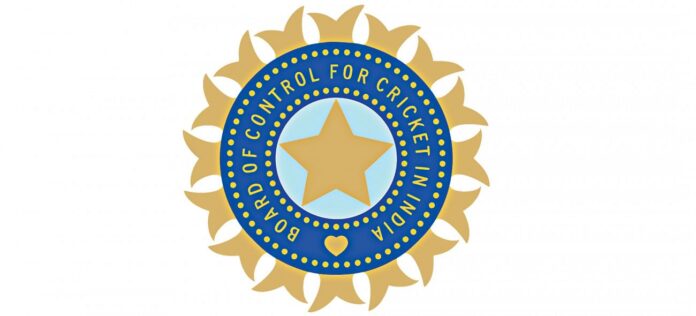The Board of Control for Cricket in India (BCCI) is set to be the major beneficiary from the ICC’s next revenue-sharing model, with the Indian cricket board projected to receive almost 40 per cent of the ICC’s net surplus earnings from its upcoming four-year commercial cycle between years 2024-27.
The revenue-sharing model, whis is still in the proposed state, was revealed by the ESPNCricinfo, who claims to have ‘seen’ the model.
According to the report, in the next four-year cycle, the BCCI stands to earn around 38.5% of the ICC’s annual earnings of US$ 600 million, which amounts to approximately US$ 230 million per year.
While BCCI is set to take home the majority share of the ICC’s earnings, the Bangladesh Cricket Board (BCB) is set to receive only 4.46 per cent of ICC’s earnings, or US$ 26.74 million per year in the next cycle.
In fact the discrepancy between BCCI and the two other boards in the cricket’s Big Three remains huge. The next-highest earner is the England and Wales Cricket Board (ECB), the second of the Big Three. The ECB stands to earn US$ 41.33 million, or 6.89 per cent of the ICC’s earnings.
Cricket Australia (CA), the third member of the original Big Three, comes next, and could get US$ 37.53 million (6.25%). The Pakistan Cricket Board (PCB) is the only other cricket board who is projected to earn over US$ 30 million among the remaining nine Full Members. PCB could receive US$ 34.51 million (5.75%).
The earnings of the remaining eight Full Members are below five per cent. Of the US$ 600 million projected pool, the 12 Full Members will get US$ 532.84 million (88.81%), with the remaining US$ 67.16 million (11.19%) going to the Associate Members.
Cricket history, performance in both men’s and women’s ICC events over the last 16 years, contribution to the ICC’s commercial revenue, and, an equal weightage for the status of being a Full Member are the four criteria, or “component weightings” as the model calls then, used to prepare the revenue-distribution model.



